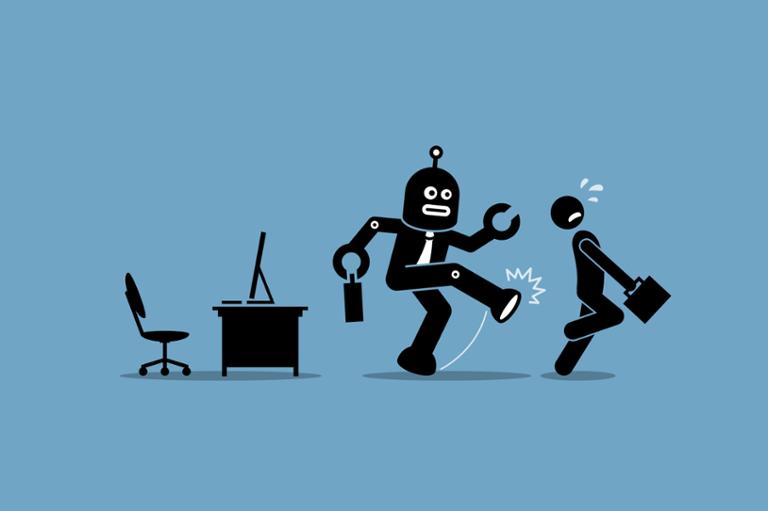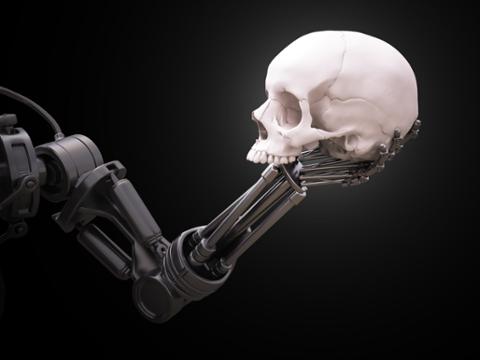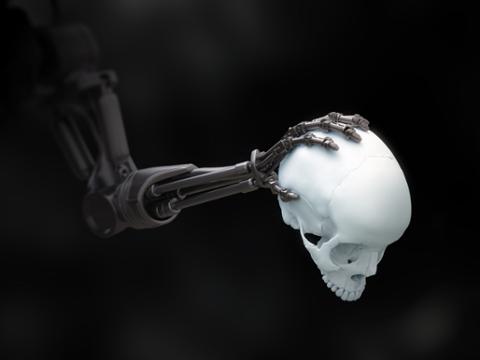How Older Workers May Benefit Big from Automation
Another day, another story about how automation may wipe out yet another segment of jobs: this time, it’s Amazon Go stores, which could use a combination of sensors and software to eliminate the need for flesh-and-blood cashiers and other employers. While Amazon has experimented with the format for quite some time, the Wall Street Journal reports that the e-commerce giant is now testing whether the concept will work on a large scale, which could drive significant changes in the grocery industry. A recent report by analyst firm Forrester suggested that automation could kill some 10 percent of U.S. jobs by 2019, while creating the equivalent of 3 percent of the current job stock. Whether this trend will benefit tech pros is an open question; some pundits argue that automation will drive a renewed need for app-builders, machine learning specialists, and robotics experts. However, others believe that automated software will take over jobs previously done by human programmers, data analysts, and developers. Let’s put on our Pessimist hat and assume a future in which automation vaporizes a portion of tech jobs. In that scenario, who’s in danger, and who’s safe? The answer’s pretty simple: jobs that involve repetitive and straightforward tasks (such as low-level coding, or even bug-hunting) could end up the target of automated software. That’s potentially good news for older workers in tech, depending on their role. After decades in the tech industry, these employees often serve in a managerial capacity (such as project manager or team leader). Those jobs aren’t simple; they hinge on nuance and planning, and strategic success often depends on judicious use of “soft skills” such as empathy and negotiation. A.I. hasn’t managed to master those abilities quite yet. The idea that age and experience could provide a shield of sorts against the destructive effects of automation is counterbalanced by the unfortunate reality of the tech industry: ageism remains a huge problem. As this year’s Dice Diversity and Inclusion Survey pointed out, some 68 percent of Baby Boomers say they’re discouraged from applying for jobs due to age, and roughly 40 percent of Generation X’ers feel ageism is affecting their ability to earn a living. In addition, nearly a third of all respondents say they’ve “experienced or witnessed” ageism in their current workplace or most recent employer. But ageism doesn’t have to remain an issue forever, especially as more companies seem willing to embrace old employees as fonts of workplace wisdom. A recent article in The New York Times describes how Chip Conley, at 52 years old, became what he terms a “modern elder” at Airbnb. The startup’s thirtysomething CEO, Brian Chesky, leveraged Conley’s advice about the hospitality industry (Conley had founded and run a boutique hotel firm for nearly a quarter-century), even as Conley learned about technology from his younger colleagues. Conley isn’t the only late-career worker taking on that kind of role, of course. Whereas a “traditional” mentor is envisioned as someone who imparts endless wisdom to neophytes, the emergent model has information flowing both ways: younger workers share their knowledge of up-and-coming technologies, while their older counterparts impart everything from management tips to negotiation techniques. “It used to be, 50 was a time to begin thinking about retirement. But today, many people in their 50s — myself included — plan to work two or even three more decades,” wrote Times columnist Marci Alboher. “To become modern elders, we have to find new ways to stay relevant and keep our minds open, skills fresh and humility intact.” If automation builds momentum, older workers may find they have the skills and experience to remain employed—provided they can overcome some of the ageism issues endemic to the tech industry.



